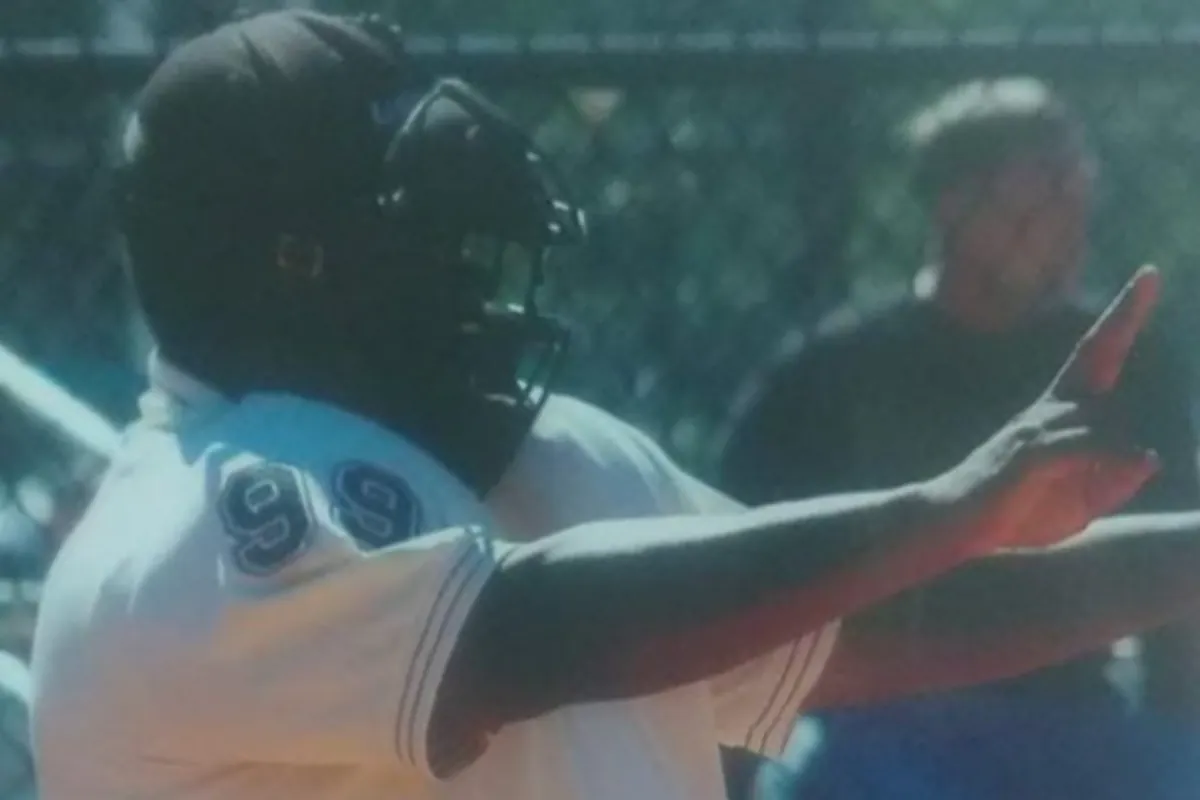

Temperatures continue to rise year after year, and yet many youth and children’s sports games are still held under blazing sun, even during peak heat hours. This past weekend, a 61-year-old umpire tragically lost his life due to heatstroke in Sumter County, South Carolina.
Although the temperature at the time Mitchell Huggins collapsed wasn’t considered extreme-91 degrees Fahrenheit-it was enough to cause the umpire to lose consciousness during a softball game taking place at Patriot Park.
Yankees slugger almost knocks out a catcher after a wild collision at the plate
A day that took a tragic turn
Huggins was rushed to a nearby hospital, where he briefly regained consciousness, only to faint again minutes later. He was then pronounced dead. The heartbreaking event, witnessed by players, families, and attendees, ended in tragedy.
According to the coroner’s office, the official cause of death was heatstroke.
This incident comes at a time when the Midwest and Western regions of the United States have been battling unusual and intense heat waves, overwhelming power grids in many major cities and pushing infrastructure to its limits.
How to recognize and prevent heatstroke
Recognizing the signs of heatstroke can save lives, particularly during outdoor sporting events or strenuous activity in the sun. Key symptoms include:
- Extremely high body temperature; skin may feel hot and dry
- Mental confusion or altered state; including disorientation, agitation, delirium, or even loss of consciousness
- Nausea or vomiting
- Headaches
- Seizures
- Accelerated breathing and heart rate
To prevent heatstroke, experts recommend the following precautions:
- Avoid sugary, caffeinated, or alcoholic beverages
- If exercising, consider beverages with electrolytes to replace what’s lost through sweat
- Avoid sun exposure during peak heat hours, typically between 11 a.m. and 5 p.m.
- Seek cool, shaded, or air-conditioned environments whenever possible
- Never leave children, elderly individuals, or pets in parked cars under any circumstances
- Stay constantly hydrated, preferably with plain wate
While these recommendations are aimed at prevention, it’s also vital to know how to act if someone near you begins to exhibit symptoms of heatstroke. If you are trained in first aid, assist immediately. If not, call emergency services. First responders will know how to manage the situation and provide life-saving intervention.
This devastating incident in South Carolina serves as a stark reminder of how dangerous heat can be-even when it doesn’t feel extreme. Authorities, leagues, coaches, and families must begin to implement and enforce safety protocols during games and practices, particularly during the hottest times of the year.
Heat safety isn’t just about comfort-it’s about saving lives.
This news was originally published on this post .




Be the first to leave a comment